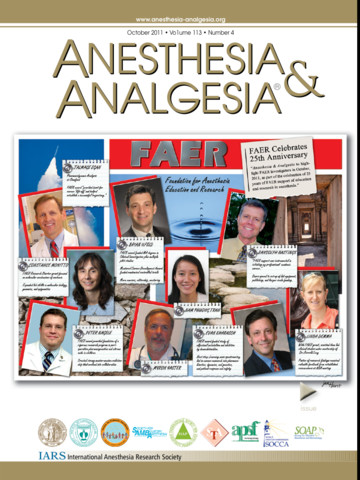
Pectoral nerve block significantly reduces hyperacute pain and opioid use in shoulder arthroscopy

Pectoral nerve block significantly reduces hyperacute pain and opioid use in shoulder arthroscopy
Analgesic Benefit of Pectoral Nerve Block II Blockade for Open Subpectoral Biceps Tenodesis: A Randomized, Prospective, Double-Blinded, Controlled Trial
Anesth Analg. 2019;129(2):536-542. doi: 10.1213/ANE.0000000000004233Did you know you're eligible to earn 0.5 CME credits for reading this report? Click Here
Synopsis
Intrascalene blocks (ISB) are commonly performed for patients undergoing shoulder arthroscopy in an effort to reduce pain. Given the ongoing opioid crisis, there is an increasing focus on peri-operative techniques that can help to minimize the need for opioids in this period. Thus, the investigators randomized 40 patients, all of whom were receiving an ISB, to also receive a pectoral nerve block v...
To view the full content, login to your account,
or start your 30-day FREE Trial today.
FREE TRIAL
LOGIN
Forgot Password?
Explore some of our unlocked ACE Reports below!

Learn about our AI Driven
High Impact Search Feature
Our AI driven High Impact metric calculates the impact an article will have by considering both the publishing journal and the content of the article itself. Built using the latest advances in natural language processing, OE High Impact predicts an article’s future number of citations better than impact factor alone.
Continue



 LOGIN
LOGIN

Join the Conversation
Please Login or Join to leave comments.